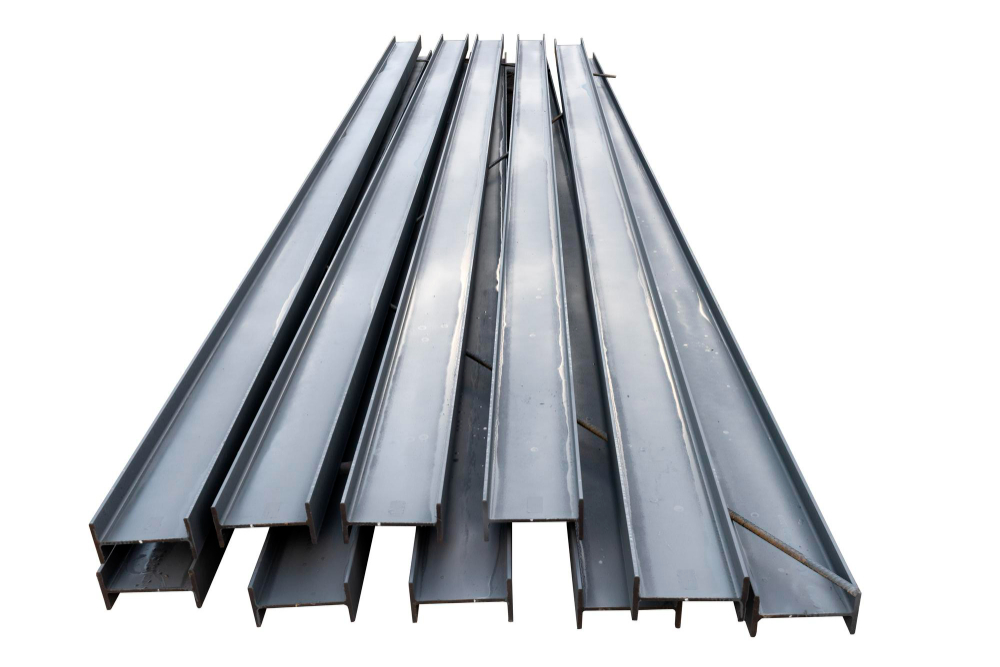What Are The Best Radon Mitigation Supplies To Use?

Radon is a silent threat that seeps into homes through cracks in the foundation. It is an odorless, colorless gas that can pose serious health risks over time. Without proper mitigation, radon exposure can lead to lung complications. Investing in quality radon mitigation supplies is the first step to keeping indoor air safe.
Essential Radon Mitigation Supplies
Different tools and materials help lower radon levels effectively. From fans to sealants, each plays a role in creating a safer living space. The right combination of supplies can make a huge difference in controlling radon levels.
High-Quality Radon Fans
A radon fan is one of the most important components of a mitigation system. These fans create negative pressure, pulling radon gas from beneath the house and releasing it outside. The strength of the fan depends on the soil type and radon levels in the home. Reliable fans last for years and keep radon levels in check.
PVC Piping For Ventilation
PVC pipes transport radon gas from beneath the home to a safe outdoor location. These pipes need to be durable and properly sealed to prevent leaks. A well-installed piping system plays a major role in reducing indoor radon levels effectively.
Radon Sealing Products
Sealing cracks and openings in a foundation helps prevent radon from entering the home. High-quality sealants, such as polyurethane caulk, work well for this purpose. While sealing alone will not eliminate radon, it is a crucial step in controlling its entry points.
Radon Mitigation Manometers
A manometer is a small device that measures the pressure in the mitigation system. This tool helps homeowners monitor whether the system is working properly. If the pressure drops or rises unexpectedly, it may signal a problem with the fan or pipes.
Additional Tools To Improve Effectiveness
Mitigation supplies work best when supported by extra tools that improve efficiency. These tools provide added protection and monitoring for long-term safety.
Radon Test Kits
Radon levels should be tested before and after setting up a mitigation system. Short-term and long-term radon test kits give a clear picture of how well the system is working. Consistent testing helps homeowners ensure their mitigation efforts remain effective.
Backdraft Dampers
Backdraft dampers prevent outside air from re-entering the system. These are especially useful in colder climates where strong winds can push radon gas back into the home. A properly installed damper helps maintain a steady airflow, improving the system’s efficiency.
Sump Covers
Homes with sump pump systems can benefit from airtight sump covers. These covers prevent radon gas from escaping through the sump pit. Choosing a cover with a tight seal helps minimize radon entry while still allowing access to the sump pump.
How To Maintain A Radon Mitigation System
Regular maintenance keeps a radon mitigation system running efficiently. Over time, components may wear down or become less effective, requiring occasional replacements or adjustments.
Checking Fan Performance
Radon fans should be checked periodically to make sure they are still working at full capacity. If a fan stops working, radon levels can rise again. Keeping an ear out for strange noises or a sudden increase in radon readings can indicate a failing fan.
Inspecting Seals And Piping
Over time, sealants may crack, and pipes may loosen. Checking for leaks or damage ensures that the system remains airtight. Any gaps should be resealed promptly to keep radon from entering the home.
Replacing Old Test Kits
Long-term radon detectors should be replaced as needed to ensure accurate readings. Test kits with outdated sensors may give false results, leading to unsafe indoor conditions. Using reliable radon mitigation supplies, such as updated detectors, helps maintain confidence in the system’s performance. Keeping up with testing ensures that your home remains safe from radon exposure.
Additional Radon Mitigation Strategies
Sub-Slab Depressurization
One of the most effective mitigation methods is sub-slab depressurization. This involves drilling a hole in the basement floor and installing a pipe connected to a radon fan. The fan pulls radon from beneath the home and vents it outside, reducing indoor levels.
Crawl Space Ventilation
Homes with crawl spaces can benefit from increased ventilation. Installing vent fans or using a radon barrier helps lower radon accumulation. A sealed crawl space liner combined with an exhaust fan can significantly reduce radon entry.
Drain Tile Suction Systems
If a home has a drain tile system, it can be adapted to help with radon reduction. A radon fan can be connected to the drain tile system, drawing radon gas away before it enters the living space. This method works well in homes with existing drainage systems.
Air Purifiers With Activated Carbon
While not a standalone solution, air purifiers with activated carbon filters can help reduce radon levels. These purifiers trap radon decay products, improving indoor air quality. They work best when used with other mitigation methods.
Improving Home Ventilation
Increasing fresh air circulation helps dilute radon concentrations. Opening windows and using exhaust fans can help move radon out of the home. Though not a permanent fix, proper ventilation can contribute to lower radon levels.
Final Thought
A strong radon mitigation system depends on using the right supplies. From high-powered fans to well-sealed pipes, every component plays a role in keeping radon levels low. Investing in quality materials and performing regular maintenance helps keep indoor air safe. By staying proactive, homeowners can breathe easy knowing their indoor air remains free from harmful radon exposure.








